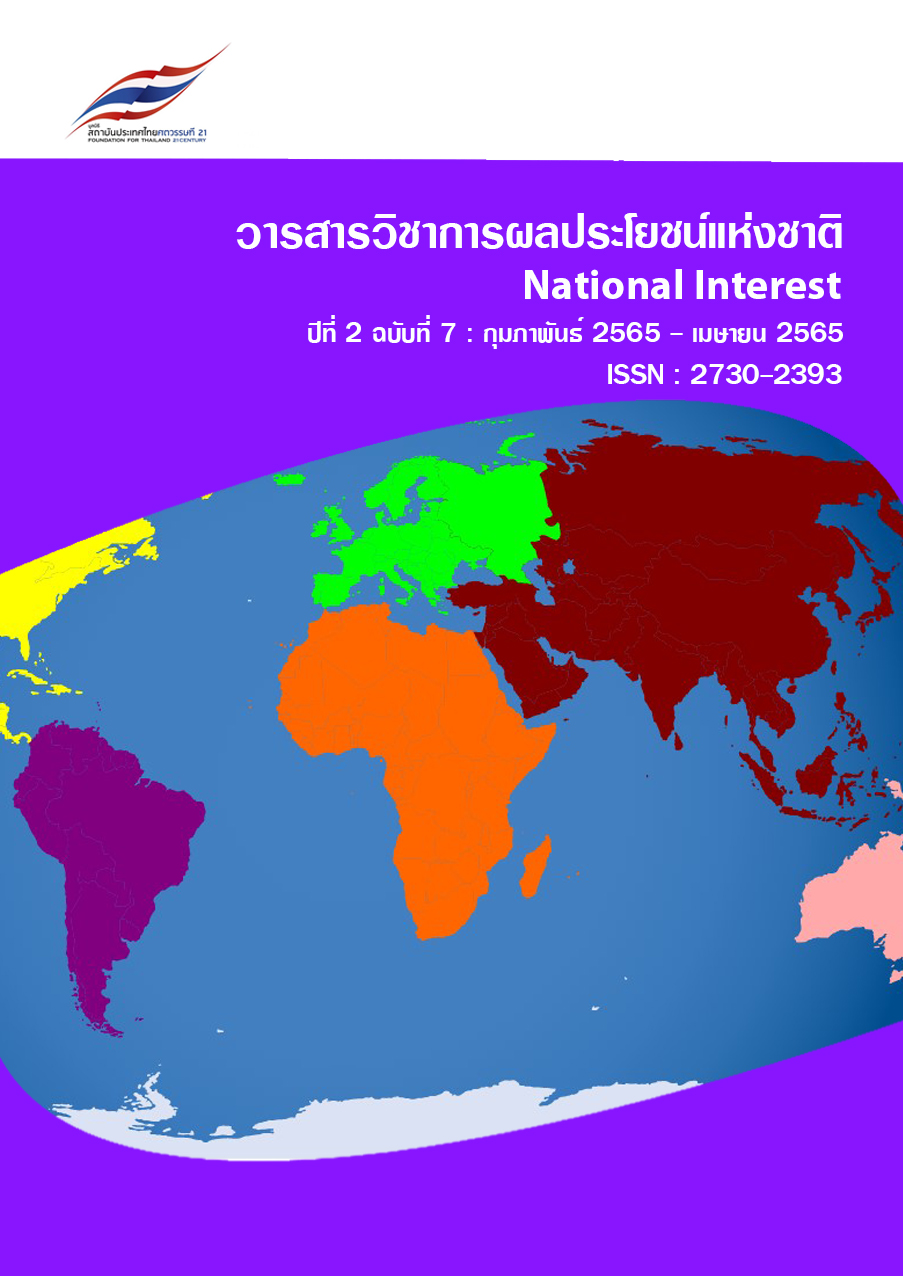Geopolitics and Geostrategy - a historical roadmap to a New World Order
Main Article Content
Abstract
Within the analysis presented in the book “The Grand Chessboard: American Primacy and Its Geostrategic Imperatives”, Zbigniew Brzezinski, the author, diplomat and political scientist, is determining the coordinates of future world developments, and he pays special attention to the analysis of China's positions [1]. Namely, he analyses that despite all the efforts for an accelerated development, this inhabited country continues to grow its national income by three times by 2020, but it will still be a poor country.
Following, it alludes to the fact that the world is entering new global dimensions that are difficult to be realistically predict, as they depend on several existing factors, and above all the level of technological development, economic impact and aspirations for the future alliances
In this regard, the future geo-political scene is influenced by numerous opportunities for the creation of new alliances, attempts to build multilateralism, in order to see the real relations of power, which in turn lead to the reorganization of the international relations.
Article Details

This work is licensed under a Creative Commons Attribution-NonCommercial-NoDerivatives 4.0 International License.
National Interest Academic Journal under Creative Commons Attribution-NonCommercial-NoDerivatives 4.0 International License The journal allows access or distribution of academic work without charge or registration. To support the exchange of knowledge Scope covers academic work in geopolitics. Geoeconomics and Innovation
Users can share, copy and distribute all information published in National Interest Academic Journal in any form or medium subject to the following conditions:
Citation — Permission to use, reproduce, distribute, or modify the work. But credit must be given to the owner of the work. If the work is used without credit, the name of the owner of the work will be Must obtain permission from the owner of the work first.
Noncommercial — The work may be used, reproduced, distributed, or modified. However, the work or article may not be used for commercial purposes.
Cannot be modified — The work may be used, reproduced, and distributed. But do not modify the work. unless permission is received from the owner of the work first
References
Z. Brzezinski “The Grand Chessboard: American Primacy and Its Geostrategic Imperatives”, New York: Basic Books. 2016
Oxford Analytica. Pivotal powers: Politics and prosperity in a volatile world. Oxford: Oxford Analytica. https://www.oxan.com/analysis/dailybrief/pivotalpowers/default.aspx 2013.
S. Reich, R. Ned Lebow. “Good-Bye Hegemony! Power and Influence in the Global System”. Princeton University Press, 2014.
Z. Brezezinski, B. Scowcroft. “America and the World: Conversations on the Future of American Foreign Policy”. New York: Basic Books, 2008.
J. Mattis, “Summary of the National Defense Strategy of The United States of America”, 2018. [Online]. Available: http://nssarchive.us/wp-content/uploads/2018/01/2018-National-Defense-StrategySummary.pdf [Accessed Feb. 22, 2022].
R. Niehbuhr. The children of light and the children of darkness (p. 118). New York: Charles Scribner’s Sons.1944.
S.G. Brooks, W. C. Wohlforth. “World out of balance: International relationsand the challenge of American primacy”. Princeton, NJ: Princeton University Press. 2008
N. Spykman i A. Rollins, “Geografical Objectives in Foreign Policy”, I, ibid., tom 33, br. 3, The American Political Science Review Vol. 33, No. 3 (Jun., 1939), pp. 391-410. 1939.
J. Agnew, K. Mitchell, G. Toal, eds., “A Companion to Political Geography”, Oxford: Blackwell, 2003.
T. Gravelle, B, J. Reifler, T. J. Scotto. “The Structure of Foreign Policy in Transatlantic Perspective: Comparing the United States, United Kingdom, France, and Germany.” European Journal of Political Research 56:4, 2017.
J. Crampton, S. Elden,(eds.), “Space, Knowledge and Power”, Aldershot: Ashgate, 2007.
J. Agnew, “Hegemony: The New Shape of Global Power”, Philadelphia: Temple University Press, 2005.
L. Grinin, A.V. Korotayev, “Great Divergence and Great Convergence”. A Global Perspective. Springer International Publishing. 2015.
R. Kagan, “The World America Made”. New York: Vintage, 2013.
L. Grinin, A. Korotayev, “Does ‘Arab Spring’ Mean the Beginning of World System Reconfiguration? World Futures”. The Journal of Global Education 68 (7): 471–505. 2012.
S. M. Walt, “Alliance Formation and the Balance of World Power”, International Security Vol. 9, No. 4, The MIT Press, (Spring, 1985), pp. 3-43. 1985.
R.L. Schweller, “Unanswered threats. A neoclassical realist theory of underbalancing”,
International Security, 29(2), 159–201. 2014.
J. Mattis, “Nuclear Posture” Review February, [Online]. Available: https://media.defense.gov/2018/Feb/02/2001872886/-1/-1/1/2018-NUCLEAR-POSTUREREVIEW-FINAL-REPORT.PDF). [Accessed Feb. 23, 2022].
J. Mueller, “The Stupidity of War: American Foreign Policy and the Case for Complacency”. Cambridge: Cambridge University Press, 2021.
W. Jannace, T. Paul. “A New World Order: The Rule of Law, or the Law of Rulers?”, Fordham International Law Journal. Volume 42, Issue 5, 2019.
R.Chase, Hill, S. E. B., P. Kennedy, P. “Pivotal states and U.S. strategy.” Foreign Affairs, 75(1), 33–51. 1996.
T.L. Friedman, “Order vs. disorder”, part 3. INYT. 2014. [Online]. Available: https://www.nytimes.com/2014/08/24/opinion/sunday/thomas-l-friedman-order-vs-disorder-part-3.html?_r=0 [Accessed Feb. 21, 2022].
H. Kissinger, “World order”. New York: Penguin Press. 2004
L., Wieseltier. “Obama was wrong. The era of humanitarian intervention is not
Over”. New Republic. 2014. [Online]. Available: http://www.newrepublic.com/article/119238/obama-was-wrong-erahumanitarian-intervention-not-over [Accessed Feb. 21, 2022].
J-A. Davies, “Clashing Civilizations or Conflicting Interests?,” Geopolitics, Vol. 13, 2008.
D. Acemoglu, J. Robinson, J. “Why Nations Fail: The Origins of Power, Prosperity and Poverty”. New York: Crown. 2012
B. Brake, B. Katzenstein, P. J. “Lost in translation? Nonstate actors and the transnational movement of procedural law”. International Organization 67: 725-57. 2013.


